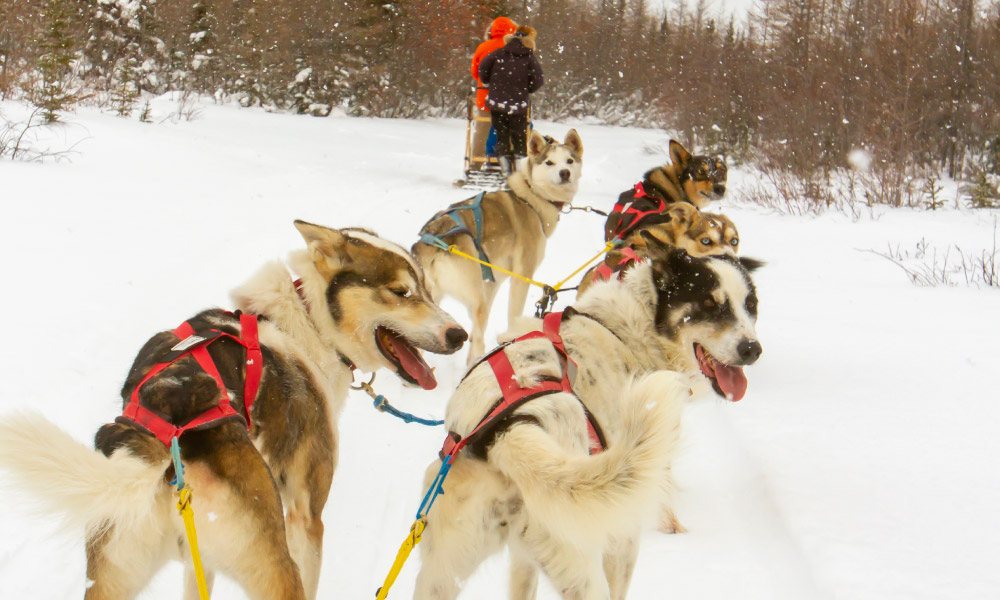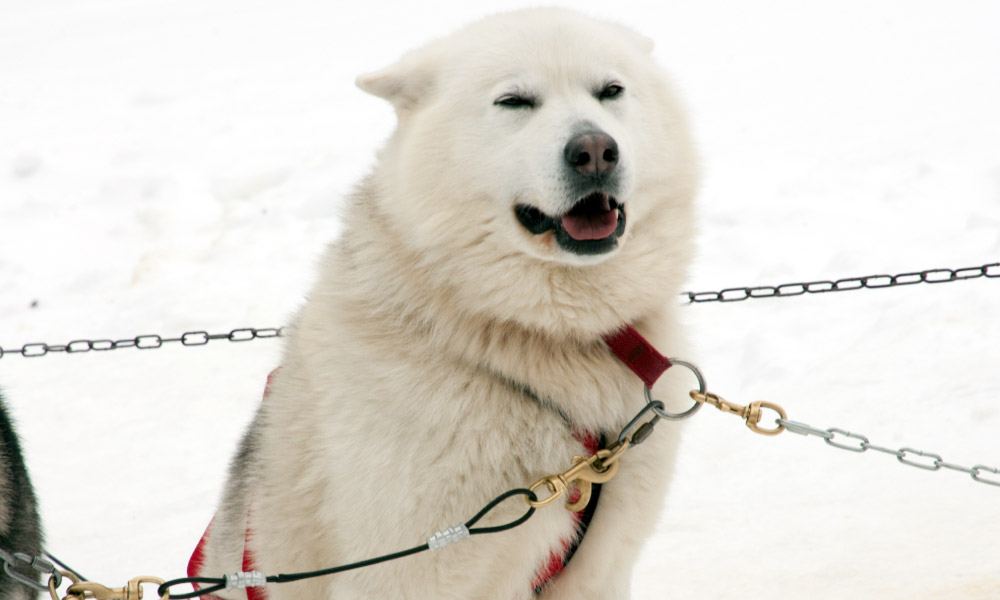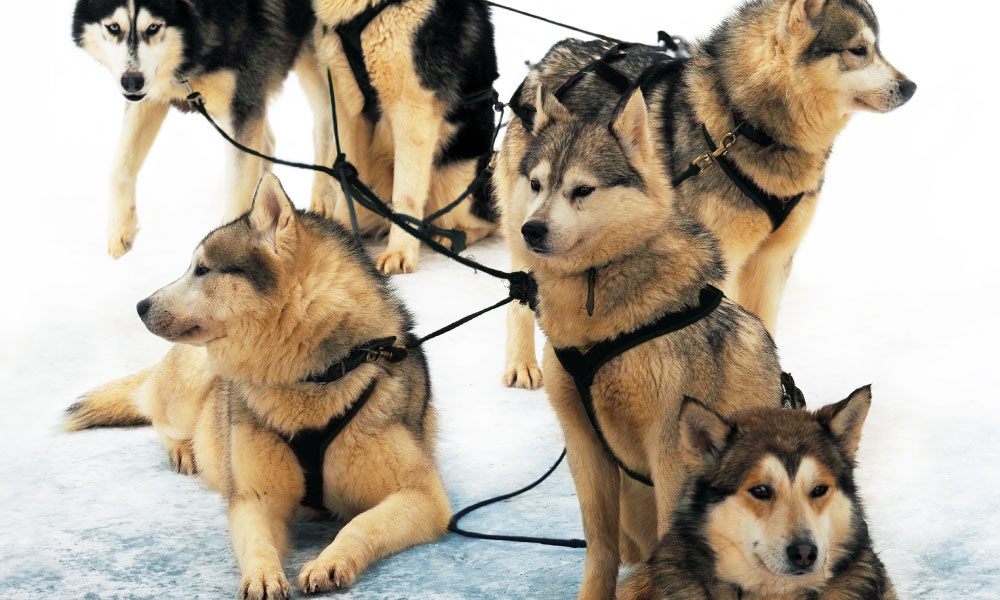The Parable of the Accidental Musher
A Fortune 500 CEO decided, after considerable urging by his HR executive and his staff, to have an offsite. The staff executives hoped that the offsite would be an opportunity to come together as a team and especially to break down communication barriers with the CEO who admired himself greatly for having achieved his status as CEO.
The team had the good fortune to schedule the offsite meeting in a ski resort town in Colorado. After the morning’s session of a general business review, where results were sagging, and had been for several quarters, the moderator whom HR had chosen for the leadership portion of the offsite set the stage with the following questions: What does it take to be a good leader? How do individual leaders in their own right function as peers on a team? What is the role of the CEO in the context of leadership?
The group had barely had an opportunity to digest these questions when the CEO abruptly set down his coffee cup and said “I’ll tell you about leadership and what a good CEO does. Imagine we are all on a plane and it crashes into a jungle. The job of the CEO is to get us all out of danger. In fact, you can think of the CEO’s job as leading the way with the machete, hacking a path. I’m responsible for the survivors, and I can’t afford to backtrack for any stragglers, so anyone who doesn’t follow the CEO will likely be left behind, get lost, and die. That’s the job of the CEO.”
The staff was speechless. The moderator attempted to massage the CEO’s remarks into the content he had prepared around teamwork, but the group appeared listless and unmotivated. Fortunately, the group had reached a break for scheduled activities for that afternoon. Several decided to snow mobile, one went to the spa, several others elected to ski. The CEO, who typically spent time away from the group in these situations, did not announce his plans.
That evening, when the group reconvened for dinner, the CEO arrived noticeably late into the cocktail hour. He was sociable but pensive, and spent a good deal of the time before dinner speaking in private to the moderator, who had joined the group for dinner.
After the team sat, the CEO tapped his glass with his spoon and stood. He looked a bit wistful, if not misty-eyed. “Folks” he said, “I did something pretty remarkable this afternoon”. Knowing his penchant for braggadocio, the staffers furtively winced at each other or rolled their eyes. “I decided to go dog sledding,” he continued “and I must tell that what I learned from the experience leads me to the apology I’m about to make”. Eyes rose to meet each other, and turned to him. Now he really had the team’s attention!
“What I witnessed on my dog sled excursion was a collection of animals that functioned like a team. It was a team because these animals had a common goal and understood their jobs. Since I was standing on the sled at the back of the team, it was evident to me that my input, or leadership, was needed in a very different way. I guided the sled by suggesting small corrections to the left or right. When we went up hills and began to slow down, the dogs began to look over their shoulders. I asked my instructor, who was riding in the sled, why they were doing that. He said they wanted me to get off and help to push the sled up the hill!”
Later, as we began to descend a long slope, the sled began to pick up speed. In the same way that the dogs had looked back at me on the incline, they began to raise their hind legs as they ran, and yelp and look back over their shoulders. Again, the instructor said, ‘they are sensing that the sled is moving too fast and are worried they’ll be run over. You need to start riding the brake and they’ll be able to tell you’ve got the sled under control again.’
After my time on the course, I was reviewing the afternoon’s event with the kennel manager as he un-harnessed the dogs. Two dogs got into a scuffle – teeth bared, and hackles up — and one dog lunged at the other. Suddenly, the kennel manager thrust his bare arm down between the two dogs. The dogs followed with a few yelps and snarls but they almost instantly disengaged. I was shocked!
The manager told me that it was uncommon for the dogs to go at it like that, but that sometimes when they do, the only way to get them to disengage is to put yourself between them that way. ‘They really don’t want to bite a human, he said, especially one they know is feeding and tending to them, but I know that it could happen – I could get bit, and I have in the past. But these dogs are no good to each other or to me if they injure each other.’
The manager went on to tell me that the professional mushers, like the ones who race in the Iditarod, often bring their dogs into their tents at night. He said, ‘if it’s a really nasty night the musher might have the whole team in that tent with him. Pretty close quarters, but if any of those dogs were to freeze to death, that musher might be in serious trouble. So the mushers really put the welfare of the dogs ahead of their own because they’re not going to finish that race, or worse, die, without a healthy team.’ ”
After a pause the CEO set down his glass and said “I guess the point I want to make from this story is that today, I witnessed the most efficient team I think I’ve ever seen — and it didn’t have a ‘captain’ or machete-wielding CEO at the front. I didn’t even yell out commands of any sort. Instead the team did what it is meant to do, what it was trained to do, and my job was to make sure that the team was well taken care of and that I did my job with the sled. And I think I owe you all an apology because I now realize that my past behavior with this group will never create a team like I saw today — and I plan to change that.”
As the CEO began to sit, a member of the team wryly responded: “I think we should give dog sledding a try! To which the CEO declared: “you’ve read my mind! I’ve just arranged with the kennel to have us all on the dog sled course tomorrow. Think of it as the first step of this new field trip we’re on.”


